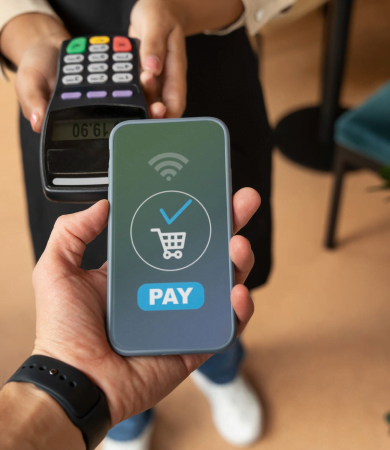The world of B2C (business-to-consumer) applications is changing faster than ever, thanks to exciting advances in technology and the shifting needs of consumers. As businesses work to keep up with these changes, they’re feeling the pressure to offer smarter, more personalized, and seamless experiences. With customers expecting more than ever before, companies are embracing new technologies and trends to meet these rising demands. Some of the biggest drivers of this change include artificial intelligence, machine learning, and innovations in mobile apps that make it easier for consumers to connect with brands. These trends are shaping the way businesses interact with their customers and creating new opportunities for growth. Let’s dive into what these developments mean for both businesses and consumers and explore how they’re shaping the future of B2C apps in a way that’s not only exciting but also more user-friendly.
What Does the Future Hold for B2C Applications? Trends and Innovations to Watch
January 28, 2025 | by Sonika Thapa







